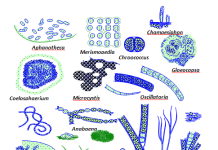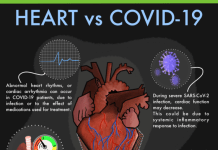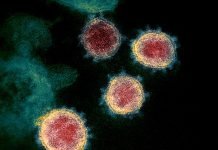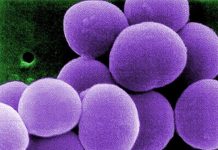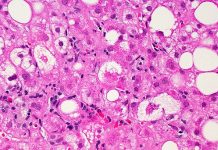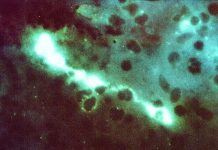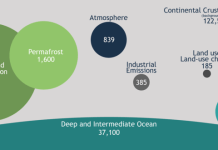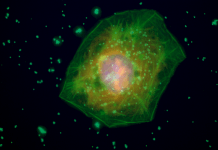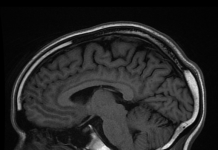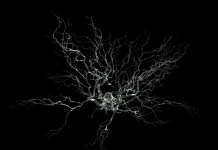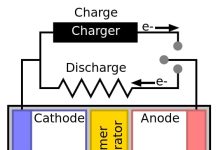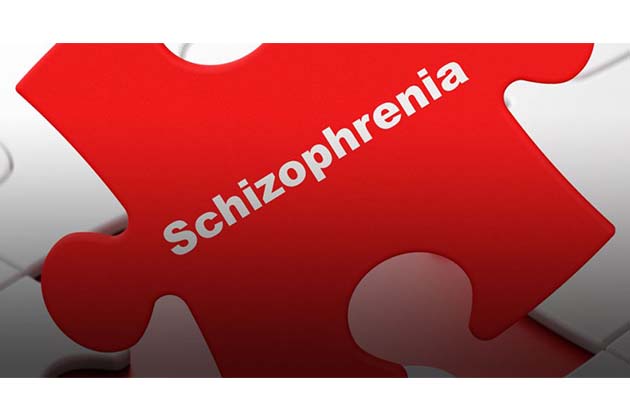Nýleg byltingarkennsla afhjúpar nýjan fyrirkomulag geðklofa
Geðklofi is a chronic mental disorder that affects approximately 1.1% of the adult population or roughly 51 million people worldwide. When schizophrenia is in its active form, symptoms can include delusions, hallucinations, disorganized speech or hegðun, trouble with thinking, loss of concentration and lack of motivation. Schizophrenia is now widely known but is very poorly understood and its exact cause is still not completely clear. Scientists worldwide believe that a combination of genetics, brain chemistry and environmental factors contributes together towards development and advancement of schizophrenia.These findings have been established after using advanced imaging to look at the brain’s structure and function. Also, schizophrenia cannot be prevented and no cure is available for it, though research is currently happening to develop new and safe treatments.
Snemma meðferð á geðklofa getur hjálpað til við að ná tökum á einkennunum áður en alvarlegir fylgikvillar koma fram og getur hjálpað til við að bæta langtímaárangur sjúklings. Ef meðferðaráætlun er fylgt með varúð getur það hjálpað til við að koma í veg fyrir köst og einnig mikla versnun einkenna. Vonast er til að nýjar og árangursríkar meðferðir til að greina snemma og meðferð verði þróaðar þegar áhættuþættir geðklofa eru skýrir. Því hefur verið haldið fram í nokkuð langan tíma að vandamál með tiltekin náttúruleg efni í heilanum – þar á meðal taugaboðefni sem kallast dópamín og glútamat – geti stuðlað að geðklofa and also other mental illnesses. These ‘differences’ are seen in neuroimaging studies on brain and the central nervous system of people who have schizophrenia. The exact significance of these differences or changes is still not very clear, but it definitely indicates that schizophrenia is a Heilinn disorder.Schizophrenia requires a lifelong treatment and even in those patients where symptoms appear to have subsided. Generally, a combined treatment of medications and psychosocial therapy can help manage the condition and only in severe cases hospitalization may be needed. A team effort by health professionals is needed in the clinics with expertise in schizophrenia treatment. Most antipsychotic medications for schizophrenia treatment are thought to control symptoms by affecting the brain neurotransmitter dopamine.Unfortunately, manysuch medications tend to cause serious side effects(which can include drowsiness, muscle spasms, dry mouth and blurred vision),making the patients reluctant to take them and in some cases injections may be the chosen route instead of taking a pill.Clearly, to develop therapeutic interventions and drugs to target and treat schizophrenia, it’s important to first understand the disorder by identifying all different possible mechanisms of actions.
Nýtt kerfi til að skilja og miða á geðklofa
A recent study by neuroscientists from Case Western Reserve University School of Medicine, USA,led by Dr. Lin Mei, have uncovered a novel mechanism underlying the cause of schizophrenia. They have used genetic, electrophysiological, biochemical, and molecular techniques to uncover the function of a protein called neuregulin 3 (NRG3). This protein, belonging to the neuregulin protein family, has already been shown to be encoded by a ‘risk’ gene in various other mental illnessesincluding bipolar disordersand depression. And if we talk about schizophrenia, many variations in this particular gene (which encodes for NRG3) are considered as “major risk” factors. Several studies have been done on NRG3, but its exact and detailed physiological function is still very poorly understood.In this new study published in Proceedings of National Vísindaakademían, vísindamenn sem reyndu að afhjúpa hugsanlega virkni NRG3, komust að því að það er miðlægt í geðklofa og gæti orðið hugsanlegt meðferðarmarkmið til að meðhöndla það.
Researchers found that NRG3 protein mainly supresses a protein complex – which is very essential for proper neuron communication and the overall efficient working of the brain.The gene which encodes for NRG3 (so that it can effectively perform the function which it has to) was muted in mice in a certain number of neurons of the brain. Specifically, when the mutations were induced in the ‘pyramidal’ neurons – which play an important in activating the brain – mice displayed symptoms and behaviour in line with schizophrenia. The mice had healthy reflexes and also hearing capabilities, but showed unusual level of activity. They showed trouble in remembering (e.g. when navigating mazes) and also acted shy around stranger mice. Thus, it was clear that NRG3 plays a crucial role in schizophrenia and also the type of neurons involved were also defined. Further, researchers also uncovered how exactly this protein NRG3 works at the cellular level. It was seen that it basically inhibits an assembly of a complex of proteins at synapses – the place or junction where nerve cell or neurons communicate. The neurons need a complex (called SNARE, short for Soluble N-ethylmaleimide-sensitive factor activating protein receptor proteins), to transmit neurotransmitters (specifically glutamate) between each other at the synapses. People suffering from severe mental illnesses including schizophrenia, tend to have higher levels of NRG3 prótein og þessi hærri stig voru ábyrg fyrir því að bæla losun glútamats - taugaboðefnisins sem er náttúrulega í heilanum. Þetta sást í tilraunastofutilraunum að NRG3 gat ekki myndað 'SNARE flókið' og þar af leiðandi var magn glútamats bælt niður vegna þessa.
Glútamat er mikið í mannslíkamanum en er mest áberandi í heilanum. Það er mjög „örvandi“ eða „örvandi“ taugaboðefni í heila okkar og er mikilvægast til að virkja taugafrumurnar í heilanum og þar með nauðsynlegt fyrir nám okkar, skilning og minni. Þessi rannsókn kemst að þeirri niðurstöðu að NRG3 sé mjög mikilvægt fyrir rétta glútamatsendingu í heila og glútamatójafnvægi veldur geðklofaeinkennum. Einnig er virknin sem lýst er hér ítarleg í fyrsta skipti og mjög einstök frá fyrri hlutverkum sem lýst er af þessu tiltekna próteiniNRG3 sem og öðrum próteinum sem tilheyra sömu fjölskyldu.
Meðferðarfræði í framtíðinni
Geðklofi er mjög hrikalegt andlegt illness which drastically affects various areas of life. It disrupts the daily life by affecting day to day functioning, self-care, relationships with family and friends and all kinds of social life. The patients are generally not seen to have a particular ‘psychotic episode’ but rather overall life outlook and balances get affected. Coping with a andlegt disorder as serious as schizophrenia is extremely challenging, both for the person with the condition and for friends and family. Schizophrenia is considered as among the top 10 most disabling conditions. Since schizophrenia is very complex, clinical effect of medications are also varied in different patients and generally do not succeed beyond a few trials. New therapeutic treatments are urgently needed for this condition and this study has shown a new direction towards developing one.
NRG3 próteinið getur örugglega þjónað sem nýtt meðferðarmarkmið til að meðhöndla geðklofa og hugsanlega aðra geðsjúkdóma eins og geðhvarfasýki og þunglyndi. Hægt væri að hanna lyf sem geta miðað á NRG3 og þannig hjálpað til við að endurheimta gildi glútamats í tilteknum gerðum taugafrumna og endurheimta þannig starfsemi heilans við geðklofa. Þessi aðferðafræði getur verið algjörlega ný nálgun í meðferð. Þessi rannsókn hefur varpað ljósi á nýjan frumukerfi geðklofa og hefur vakið gríðarlega von á sviði geðsjúkdóma. Þó leiðin til að uppgötva og koma á markaðnum áhrifarík lyf til meðferðar virðist vera mjög löng í augnablikinu, eru rannsóknir að minnsta kosti í rétta átt.
***
{Þú getur lesið upprunalegu rannsóknarritgerðina með því að smella á DOI hlekkinn sem gefinn er upp hér að neðan á listanum yfir tilvitnaðar heimildir}
Heimildir)
Wang o.fl. 2018. Stjórna losun glútamats með neuregulin3 með því að hindra samsetningu SNARE flókins. Málflutningur Vísindaakademíunnar. https://doi.org/10.1073/pnas.1716322115



